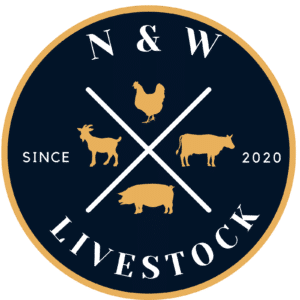A New Approach to Managing Parasites
There is no argument that drenching is an important part of livestock management and in a lot of cases it’s critical to ensure your animals stay healthy, however the advise on what and how to drench has changed and not everyone is aware.
Drenching and the approach to how we tackle parasites has changed and the change find us moving towards parasite eradication and it’s critical that farmers and animal lovers adopt the new approach before it is too late.
Parasites have an amazing survival instinct and have the ability to adapt to environments and situations that put their survival at risk and it’s this ability to evolve that creates the problem of drench resistance.
We used to say that you should administer a “routine drench”, rotate drench classes and stay on top of parasites by regularly drenching the host, often in the case of horses and sheep that could have been as often as every 6 weeks.
Here’s what we have realised, if you are needing to drench every 6 weeks the parasite isn’t being killed or, and this is worse case scenario, you are putting “chemicals/medications” into your animals for no reason.
The approach is now focused on the parasite and not the host animal. In some cases the host animals won’t show any signs of worm burdens and albeit this makes that animals genetics more valuable in terms of breeding programs the issue is still in the environment and therefore a risk to the weak.
The solution is super simple, test before you drench, if the results come back positive, make sure the drench you are using is targeted towards that specific parasite and that you are dosing correctly, this requires accurate weights. Once the treatment has been administered 10-14 days after treatment run another test to make sure the parasite has a 95%+ kill rate.
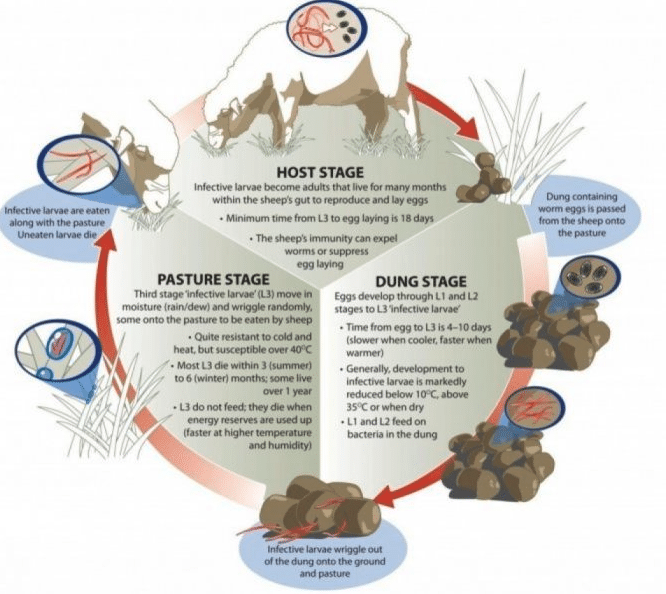
Drench Resistance A Real Threat!
Drench resistance is said to be on 92% of properties in NSW, Australia to some degree, most commonly it’s the cheaper, single active drenches that attract all the problems but these single active drenches have been referred to by parasitologists as being the equivalent to drenching with water.
It’s said that a new drench takes 10 years to get approved and costs on average in excess of 100 million dollars. It’s safe to say that companies aren’t lining up to make new drenches and the ones we have on the market are what we have to work with.
The aim when testing is to eradicate parasites from both the host animal and the environment. If we continue down the path of mismanaging drenching and resistance gets even more out of control two things are likely to happen:
1) Drenches will likely become a prescription only products; and
2) The only drenches that work are going to be super expensive.
A Natural Alternative
There are certain circumstances where we absolutely love this product, but it does come at a cost.
Livamol with BioWorma is a nutritional supplement containing the natural biological control, BioWorma, that captures and consumes infective worm larvae (including chemical resistant/anthelmintic multi-resistant larvae) within the manure of grazing animals.
Livamol with BioWorma will begin to work immediately within the manure of treated animals, and for best results may be fed continuously when climatic conditions are conducive to BioWorma and parasitic nematode activity.
Faecal egg counts (FECs) may be useful to monitor the effectiveness of the worm management strategy. Other options may include faecal egg count reduction test (FECRT) and/or identifying worm species by using faecal larval cultures (FLC).
-
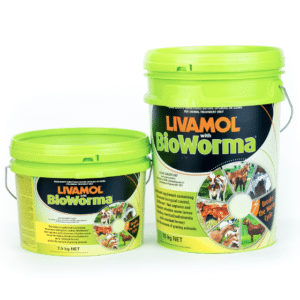
Livamol with BioWorma
$134.95 – $214.95 Select options This product has multiple variants. The options may be chosen on the product page
Test Before You Drench
The approach now is to identify the parasite by using faecal egg counts/worm egg counts and larval cultures, kill the parasite and move towards eradicating them from the environment and not needing to drench or worm, simply test regularly.
Most commonly we get asked how frequently should you be getting tests done and this is dependant on a few critical things:
- Property parasite history – have you had a problem in the past?
- How strict are your quarantine protocols, are these animals exposed to different locations/animals?
- When and what was the outcome of the last test?
Generally as a starting point we suggest testing whenever you see a change in faecal matter consistency, smell, animal attitude or if you are concerned about weight.
As a rule test before you would have traditionally drenched or wormed, speak with your advisors on parasite management plan moving forward.
Which Drench Is The Best?
When selecting a drench, the price isn’t always a reflection of how good it is, dead is dead after all. The advise used to be to use the cheapest “effective” drench that you can. The only way you can monitor that, is to test before and after you drench.
What you will find is that once the initial cost is outlaid of testing, drenching and testing again, you will end up financially in front – your livestock will be healthier, profits increasing, breeding programs improving and you will no longer have a parasite problem you have to spend time dealing with.
Save the expensive drenches for the next step up, if you find that the affordable drenches aren’t working.
-

WSD Fenbendazole 100 Oral Anthelmintic
$89.95 – $212.95 Select options This product has multiple variants. The options may be chosen on the product page -
Sale!
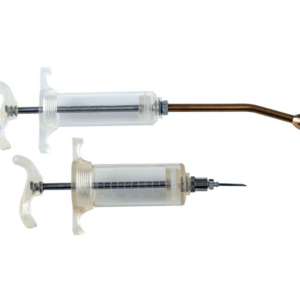
Drench Syringe Plexiglas
$22.50 – $24.95 Select options This product has multiple variants. The options may be chosen on the product page -
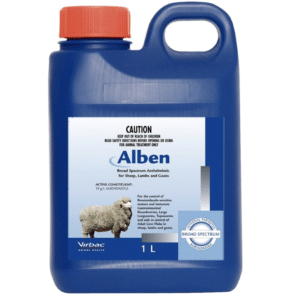
Alben Sheep & Goat Drench
Rated 5.00 out of 5$89.95 Select options This product has multiple variants. The options may be chosen on the product page
To view our full range of wormers & drenches click here.



